What are stablecoins, and why is the government so interested in them?
With the government backing calls for the regulation of certain cryptocurrencies, are stablecoins the future?

The Governor of the Bank of England, Andrew Bailey, has softened his sceptical views on the future of stablecoins in the UK, saying it would be wrong to dismiss the cryptocurrency “as a matter of principle”. Writing in the Financial Times, Bailey recognised their potential for “innovation in payments systems” but warned that the new technology “must still answer old central banking questions” to maintain public trust in money, which is “critical” to all economies.
What are stablecoins?
Stablecoin is a form of cryptocurrency, the digital currencies operated by private companies or individuals rather than central banks like the Bank of England (BoE) or the European Central Bank. Crypto, which is currently unregulated in the UK, has seen a major rise in recent years, based on risky “speculative trading”, according to the Financial Conduct Authority.
The most popular and well-known stablecoin is Tether (USDT), with other leading stablecoins including USD Coin (USDC-USD) and Stasis Euro (EURS-USD).
The Week
Escape your echo chamber. Get the facts behind the news, plus analysis from multiple perspectives.

Sign up for The Week's Free Newsletters
From our morning news briefing to a weekly Good News Newsletter, get the best of The Week delivered directly to your inbox.
From our morning news briefing to a weekly Good News Newsletter, get the best of The Week delivered directly to your inbox.
How is it different from other cryptocurrency?
Unlike cryptocurrencies like Bitcoin or Ethereum, which are completely detached from centralised financial institutions, stablecoins are “pegged” to tangible assets, like US dollars, the British pound, or gold prices.
They are designed to hold a steady value, only rarely dipping above or below a designated ratio. For example, a stablecoin with perfect efficiency to the US dollar, would consistently value one “coin” as one dollar. Some stablecoins have a reserve controlled by an algorithm to generate more coins or remove coins according to supply and demand.
Why is the UK government interested in it?
The market for this category of cryptocurrency is already valued at $200 billion (£148 billion) globally. With London responsible for 40% of foreign exchange turnover, the prospect of formal UK participation in stablecoins is an attractive one, according to a report by Innovate Finance.
The attraction of stablecoin is considerable. It bypasses traditional currency conversions, and facilitates “more predictable” and “lower-cost” payments internationally, said Yahoo Finance.
A free daily email with the biggest news stories of the day – and the best features from TheWeek.com
The government is intent on driving forward “developments in blockchain technology”, including stablecoins, Chancellor Rachel Reeves said in her Mansion House speech in July.
The BoE aims to publish a consultation paper, setting out a blueprint for the “UK’s systemic stablecoin regime”, to ensure the UK will “reap the benefits” of the new currency, said Bailey in the FT. The BoE had previously proposed that stablecoin holdings would be capped at as little as £20,000, with no interest offered to customers.
The European Union, Hong Kong, Japan (since 2023) and the United States have all implemented rules to make trading more transparent, a step which has been broadly welcomed by the crypto community.
What are the concerns?
Stablecoins can still be risky, even when pegged to tangible assets. If a stablecoin strays too far from its target value and this cannot be corrected, it can be “depegged”.
On a larger scale, if stablecoins were left unregulated, central banks could be caught on a tightrope. If a stablecoin crashes, the fallout could trigger “fire sales” – rapid sales at significantly low prices due to financial distress – to establish an equilibrium, said Bloomberg.
Conversely, if stablecoins “prove their worth”, allowing users to exchange and store vast sums of money, the “monetary monopoly” of the banks would be undermined.
And as with other cryptocurrencies, an unregulated system can be exploited for illegal activity. Trading is “anonymous, fast and cheap”, making stablecoins highly attractive for criminals to use to conduct scams or launder funds.
Will Barker joined The Week team as a staff writer in 2025, covering UK and global news and politics. He previously worked at the Financial Times and The Sun, contributing to the arts and world news desks, respectively. Before that, he achieved a gold-standard NCTJ Diploma at News Associates in Twickenham, with specialisms in media law and data journalism. While studying for his diploma, he also wrote for the South West Londoner, and channelled his passion for sport by reporting for The Cricket Paper. As an undergraduate of Merton College, University of Oxford, Will read English and French, and he also has an M.Phil in literary translation from Trinity College Dublin.
-
 Political cartoons for December 21
Political cartoons for December 21Cartoons Sunday’s political cartoons include Christmas movies, AI sermons, and more
-
 A luxury walking tour in Western Australia
A luxury walking tour in Western AustraliaThe Week Recommends Walk through an ‘ancient forest’ and listen to the ‘gentle hushing’ of the upper canopy
-
 What Nick Fuentes and the Groypers want
What Nick Fuentes and the Groypers wantThe Explainer White supremacism has a new face in the US: a clean-cut 27-year-old with a vast social media following
-
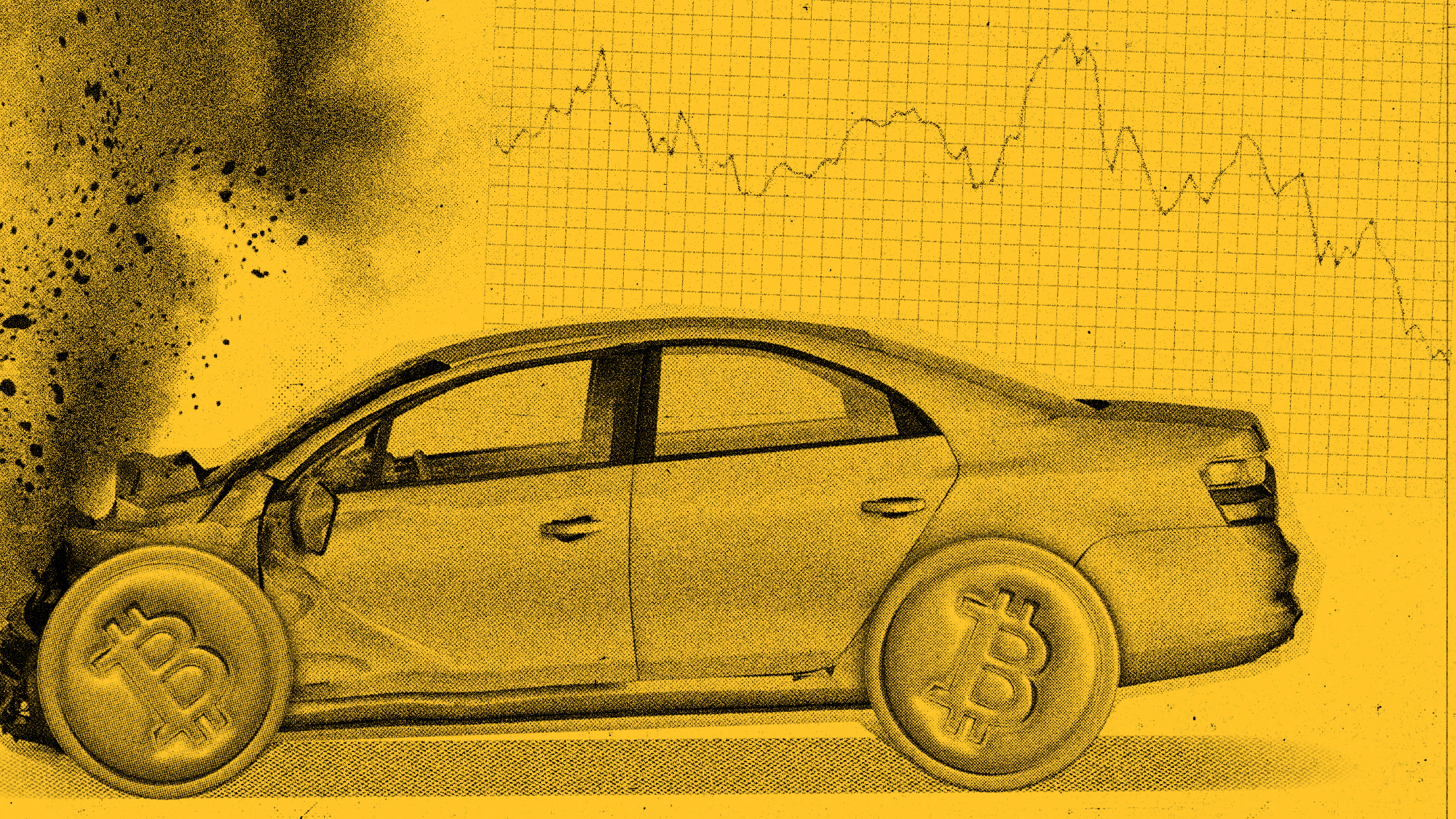 Why is crypto crashing?
Why is crypto crashing?Today's Big Question The sector has lost $1 trillion in value in a few weeks
-
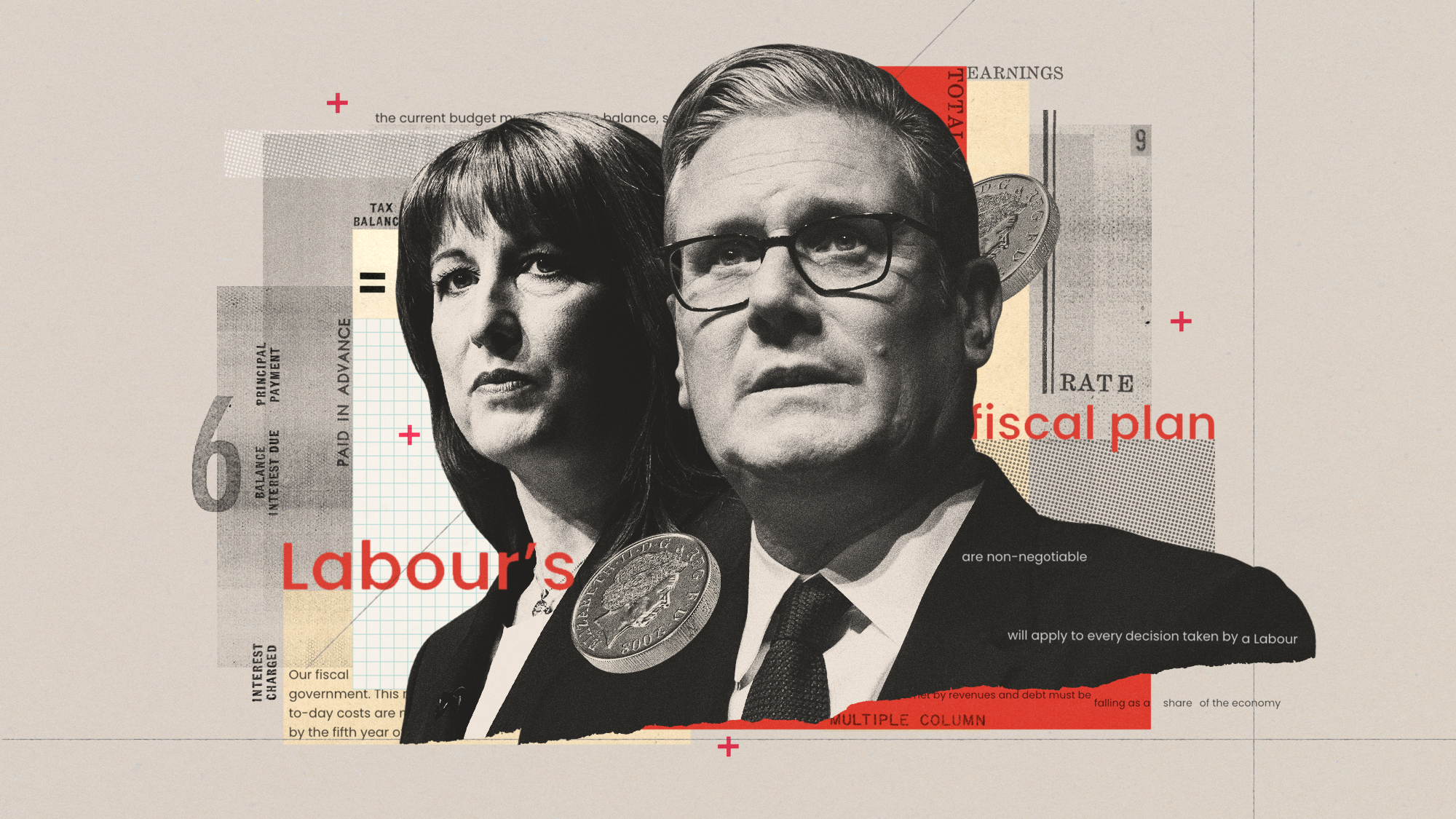 Should Labour break manifesto pledge and raise taxes?
Should Labour break manifesto pledge and raise taxes?Today's Big Question There are ‘powerful’ fiscal arguments for an income tax rise but it could mean ‘game over’ for the government
-
 'Wrench attacks' are targeting wealthy crypto moguls
'Wrench attacks' are targeting wealthy crypto mogulsThe Explainer The attacks are named for physical coercion that can be used to gain crypto passwords
-
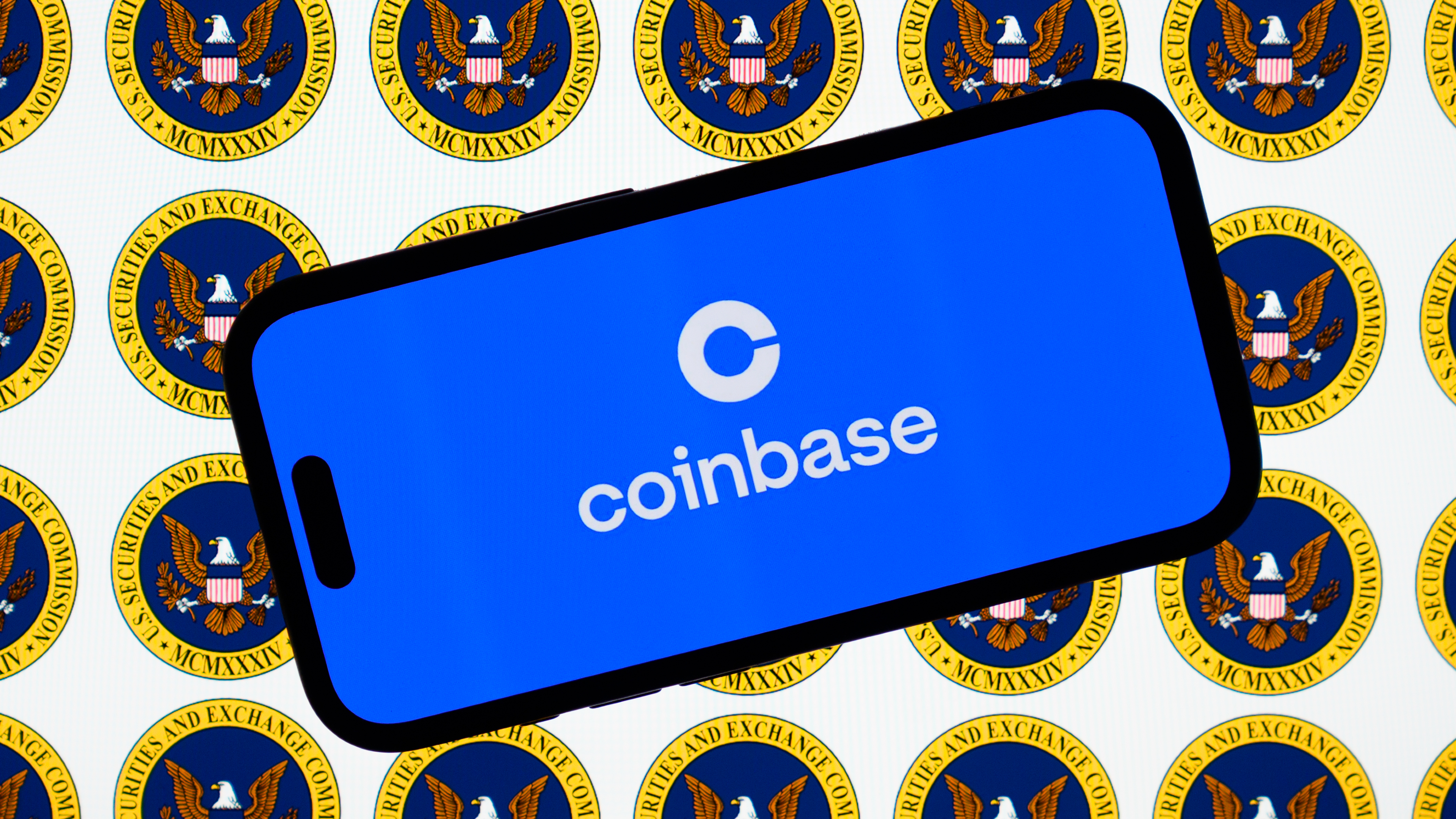 Crypto firm Coinbase hacked, faces SEC scrutiny
Crypto firm Coinbase hacked, faces SEC scrutinySpeed Read The Securities and Exchange Commission has also been investigating whether Coinbase misstated its user numbers in past disclosures
-
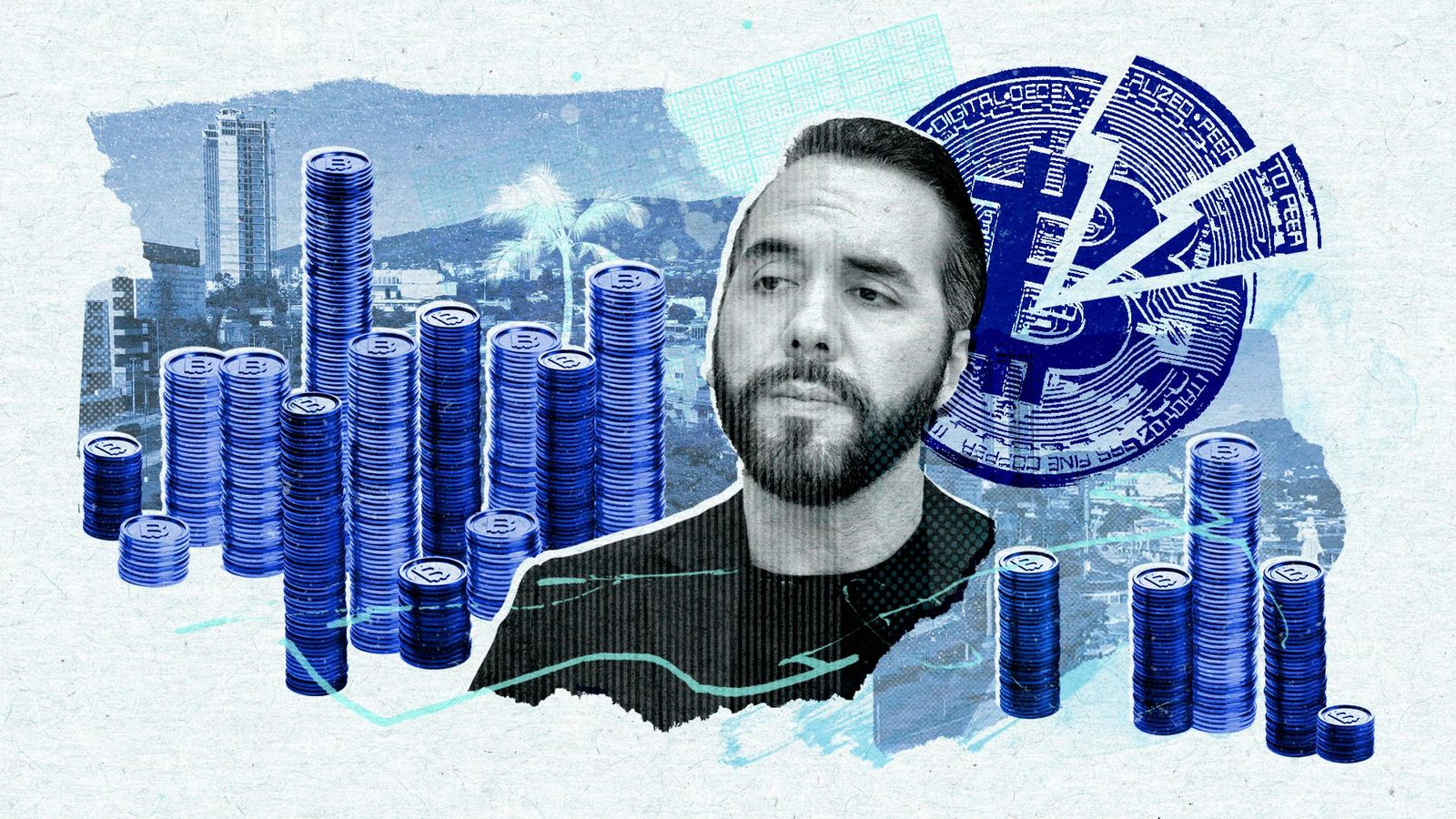 The collapse of El Salvador's bitcoin dream
The collapse of El Salvador's bitcoin dreamUnder the Radar Central American nation rolls back its controversial, world-first cryptocurrency laws
-
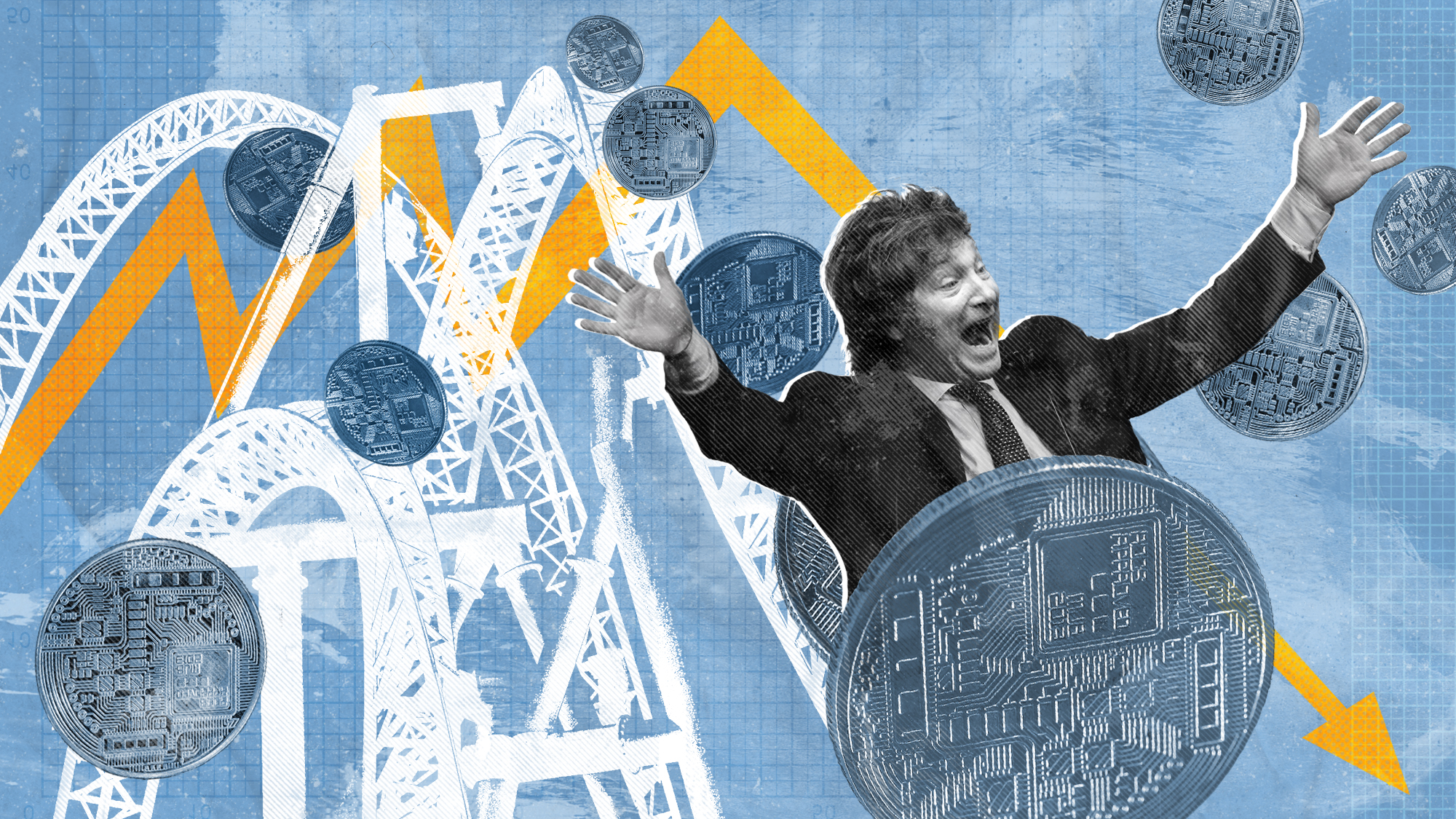 Javier Milei's memecoin scandal
Javier Milei's memecoin scandalUnder The Radar Argentinian president is facing impeachment calls and fraud accusations
-
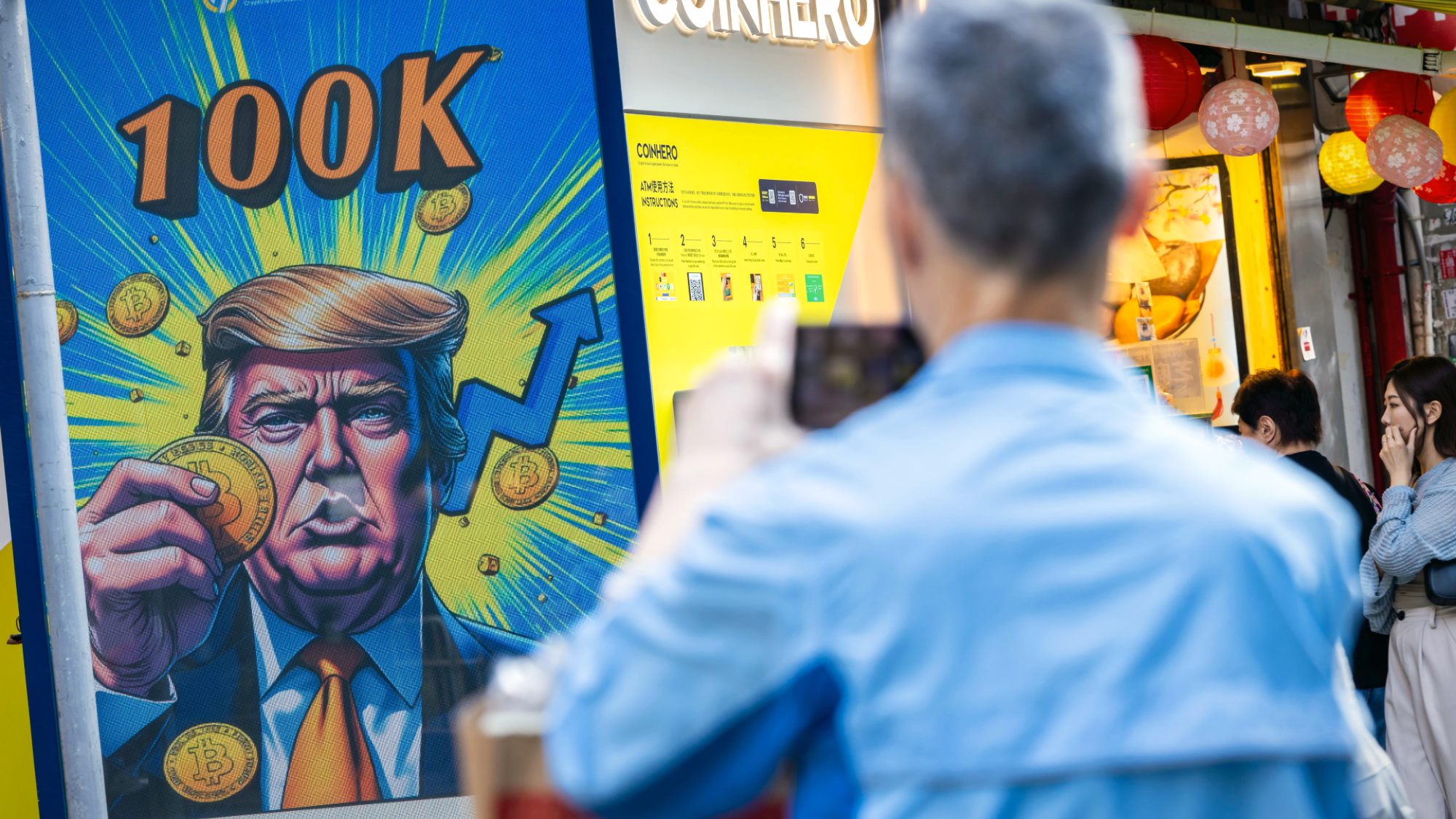 Bitcoin surges above $100k in post-election rally
Bitcoin surges above $100k in post-election rallySpeed Read Investors are betting that the incoming Trump administration will embrace crypto
-
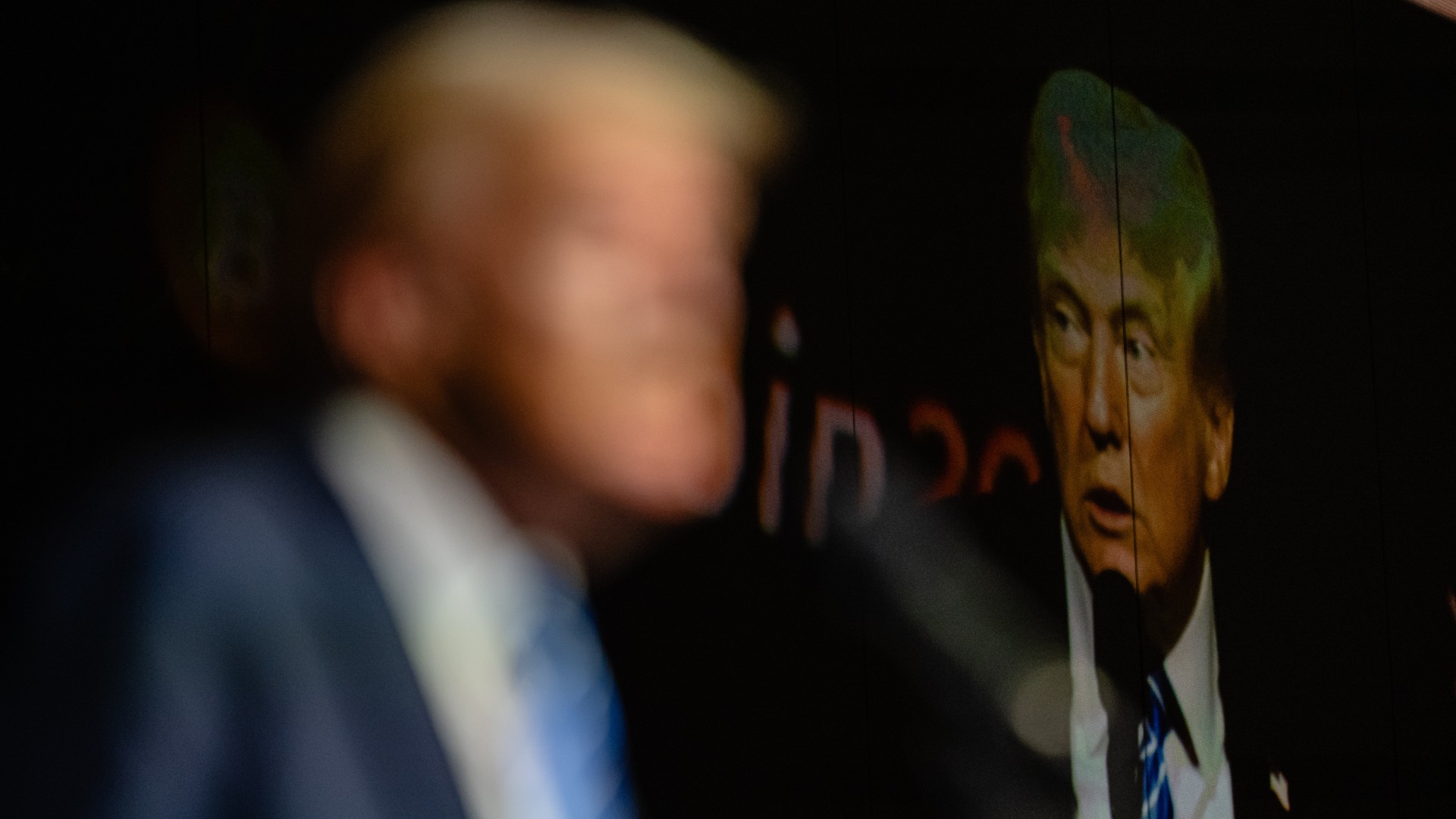 Donald Trump's bitcoin obsession
Donald Trump's bitcoin obsessionThe Explainer Former president's crypto conversion a 'classic Trumpian transactional relationship', partly driven by ego-boosting NFTs